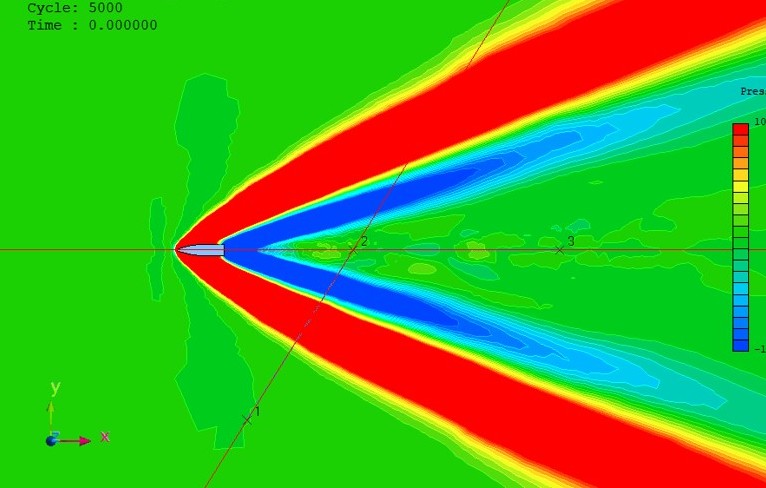This SBIR Phase I effort (W15QKN-18-C-0048) will investigate the application of Active Noise Control (ANC) to modify gunshot acoustic signature.


OBJECTIVE: Reduce or change the sound signature, in terms of magnitude, frequency, and/or duration, of a small caliber projectile as it travels downrange through the use of Active Noise Reduction, Active Noise Control, or similar methods. Overall control of weapon signature at the muzzle is a secondary objective.
DESCRIPTION: Active Noise Control (ANC), or Active Noise Reduction (ANR), is a method for reducing unwanted sound by introducing additional sound waves which are specifically tuned to cancel out the first. The added waves combine to form a new wave, in a process called destructive interference. The Army is seeking innovative approaches that apply these super position techniques to small caliber systems without degrading the performance of current weapon platforms at all ranges of military interest. Performance in this context refers to accuracy and the spread of impact momentum values for selected projectiles. Firearm sound is generated by a number of sources. The sudden release of hot, high pressure, high velocity gas from a gun barrel bore is an example. The sound of the bullet as it pushes through the air in flight is another. Bullets traveling near or greater than the speed of sound generate a ballistic crack or sonic boom.

